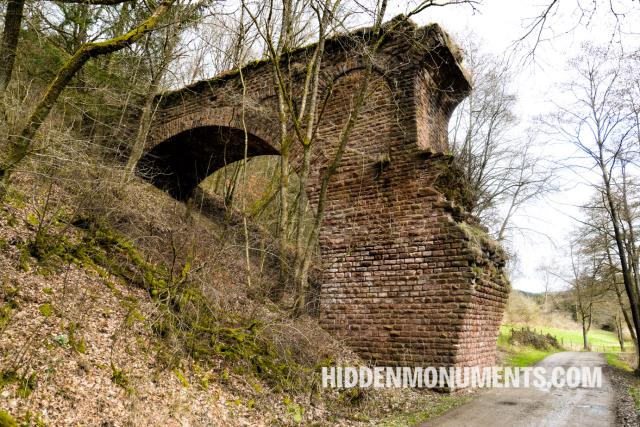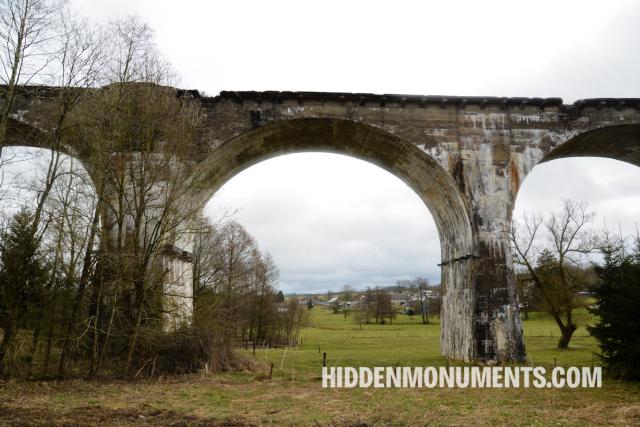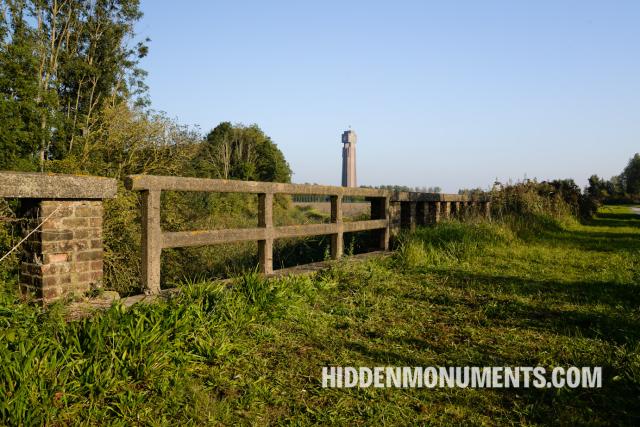Railway line 47, the section of the Vennbahn between Sankt Vith and Troisvierges, was commissioned in late 1889 and crossed the Our River via a brick viaduct near the German village of Hemmeres.
World War I
Explore trenches, memorials, and battlefields that stand as silent witnesses to the Great War's legacy, offering a deep, reflective understanding of the conflict that reshaped the world.
- 65 destinations
The Trench of Death on the Yser Front in Dixmuide is the only preserved Belgian trench complex from the First World War.
Excavation works of the Ypres-Comines canal started in 1864. The canal would realize a connection between the Yser River and the Leie River. However, landslides at the ridge in Hollebeke soon threw a spanner in the works.
After a century, a concrete gun emplacement is all that remains of "Lange Max," the Germans' giant cannon used during the First World War.
In 1916, the German army constructed a 285-metre-long viaduct in the village of Born in just eight months.
The Frontzate, the former railway line 74 connecting Diksmuide with Nieuwpoort, suddenly played a leading role as a front line during the First World War.
More than a hundred years ago, on May 12, 1917, the biplane of Count Paul de Goussencourt and Lieutenant de Cubber thundered from the sky during a firefight above Kaaskerke, a small town part of Diksmuide. Both died instantly.
Pagination
Latest from the blog
Eighty years ago, the world witnessed the fall of Berlin—and with it, the end of the deadliest conflict in human history. On May 8, 1945, Victory in Europe (VE) Day marked the official surrender of Nazi Germany.
All photos and stories are copyrighted. Of course, linking to articles on the site is possible and allowed.
If you would like to use photos or articles from this website, please contact bart@hiddenmonuments.com.
© 2003-2025 Hiddenmonuments.com










